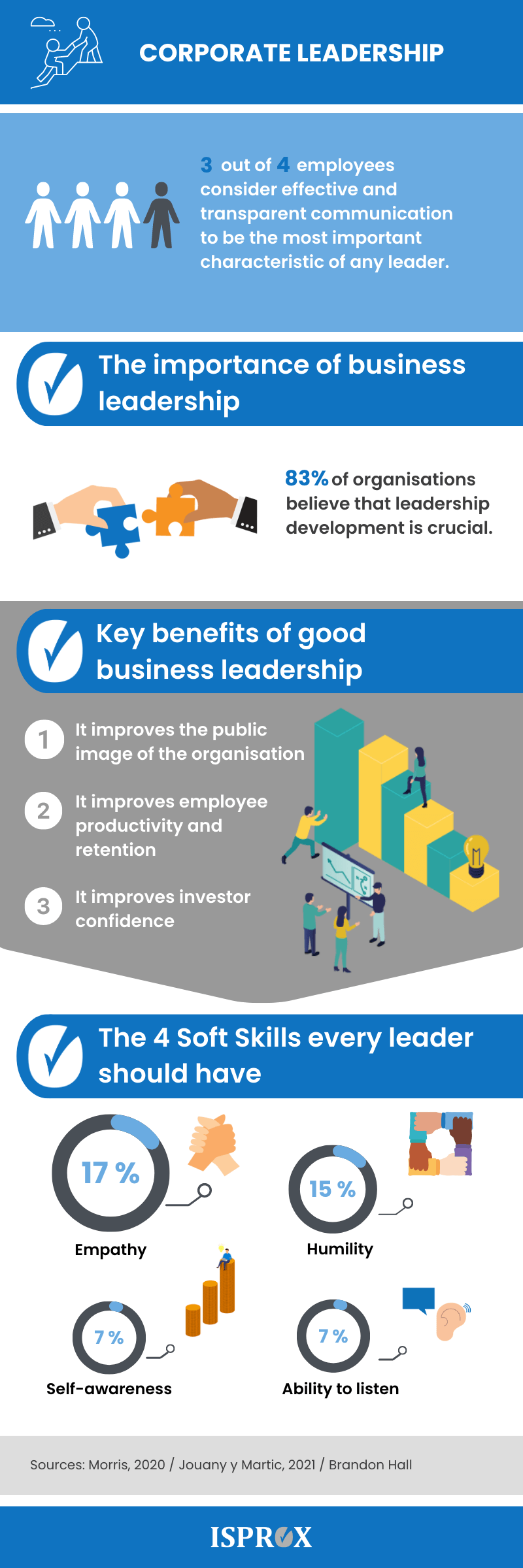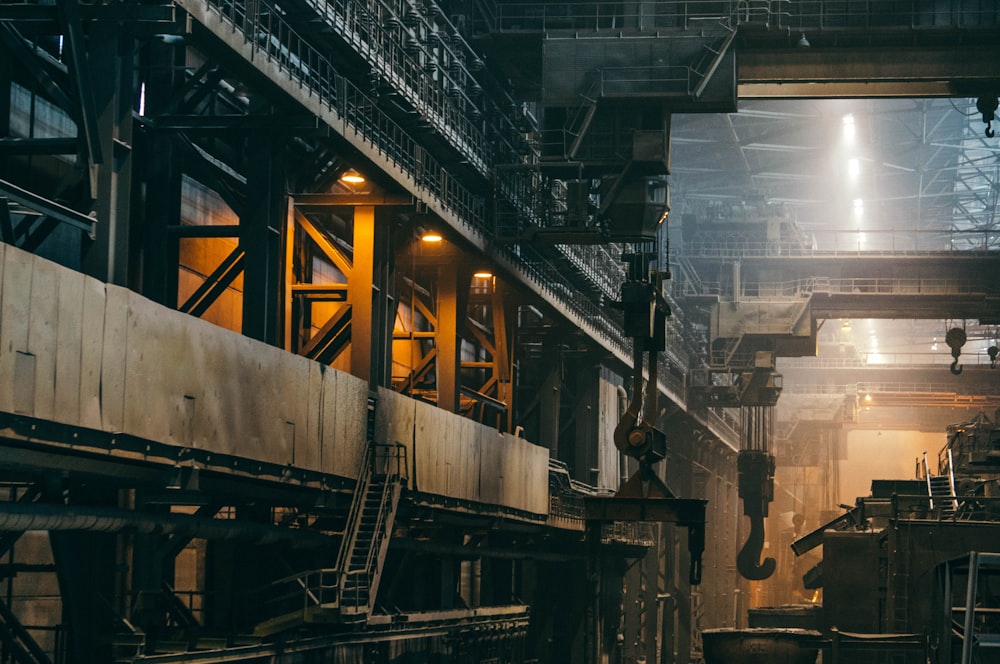
Eco-Friendly Solutions: Sustainable Packaging in Business

Introduction: The Imperative of Sustainable Packaging in Business
In an era where environmental consciousness is paramount, sustainable packaging has emerged as a crucial consideration for businesses. This article delves into the significance of adopting sustainable packaging practices, the benefits it brings, and how businesses can integrate eco-friendly solutions into their packaging strategies.
Environmental Impact: Navigating the Packaging Predicament
The traditional approach to packaging often contributes significantly to environmental degradation. From excessive use of single-use plastics to non-biodegradable materials, the environmental impact is undeniable. Sustainable packaging addresses this predicament, aiming to minimize ecological harm while meeting the functional needs of packaging.
Consumer Preference: Aligning with Green Values
Modern consumers are increasingly eco-conscious, and their purchasing decisions reflect this awareness. Businesses that prioritize sustainable packaging resonate with environmentally conscious consumers. Aligning with green values not only enhances brand reputation but also creates a positive association with products in the minds of eco-aware customers.
Reducing Carbon Footprint: The Eco-Friendly Equation
Sustainable packaging aims to reduce the carbon footprint associated with the entire packaging lifecycle. This includes the extraction of raw materials, manufacturing processes, transportation, and end-of-life disposal. By choosing materials and practices that minimize energy consumption and emissions, businesses contribute to a more sustainable and responsible supply chain.
Innovative Materials: Beyond Traditional Packaging
Embracing sustainable packaging involves exploring innovative materials that go beyond conventional options. Biodegradable plastics, compostable materials, and recycled content are among the alternatives gaining traction. Businesses can experiment with these materials to find solutions that align with their branding and sustainability goals.
Cost-Efficiency: Balancing Sustainability and Economics
Contrary to common misconceptions, sustainable packaging can be cost-effective in the long run. While the initial investment in eco-friendly materials may be slightly higher, businesses often find that the overall costs, including potential savings in waste management and transportation, balance out. Sustainable practices can lead to operational efficiency and cost savings over time.
Brand Image Enhancement: Packaging as a Green Ambassador
Packaging serves as a visual ambassador for a brand. Businesses that prioritize sustainability in their packaging send a powerful message to consumers. It communicates a commitment to environmental responsibility, which can enhance brand image and foster loyalty among customers who value sustainability.
Legislative Compliance: Adapting to Changing Regulations
As environmental awareness grows, so do regulations surrounding packaging. Governments and regulatory bodies worldwide are implementing stricter guidelines to curb environmental impact. Adapting to these changing regulations not only ensures legal compliance but also positions businesses as responsible stewards of the environment.
Waste Reduction: Minimizing Environmental Burden
One of the primary goals of sustainable packaging is waste reduction. Businesses can opt for packaging designs that minimize material usage, encourage recycling, and reduce packaging waste. This approach contributes to the circular economy, where materials are reused or recycled, lessening the burden on landfills.
Educating Stakeholders: Fostering a Sustainability Mindset
Implementing sustainable packaging goes beyond material choices; it involves educating stakeholders. Businesses can engage in transparent communication about their sustainable initiatives, informing customers, suppliers, and employees about the importance of eco-friendly packaging. This educational effort fosters















